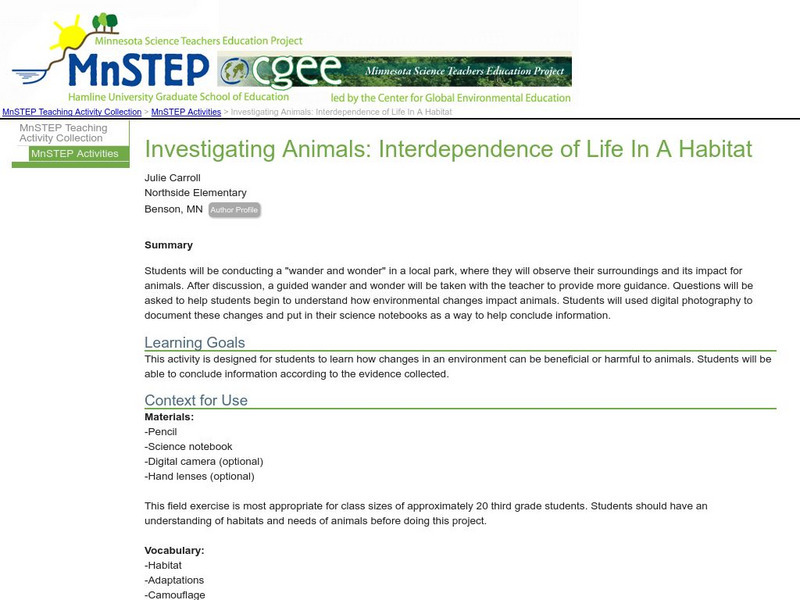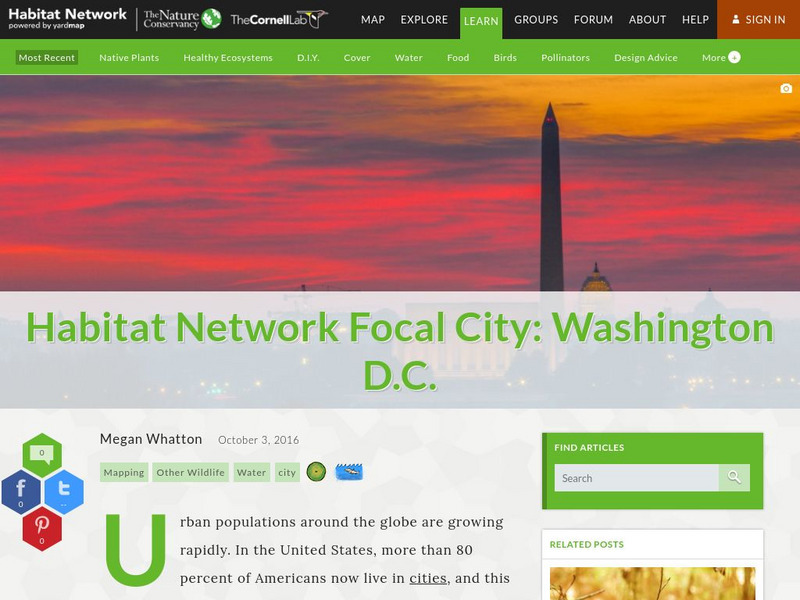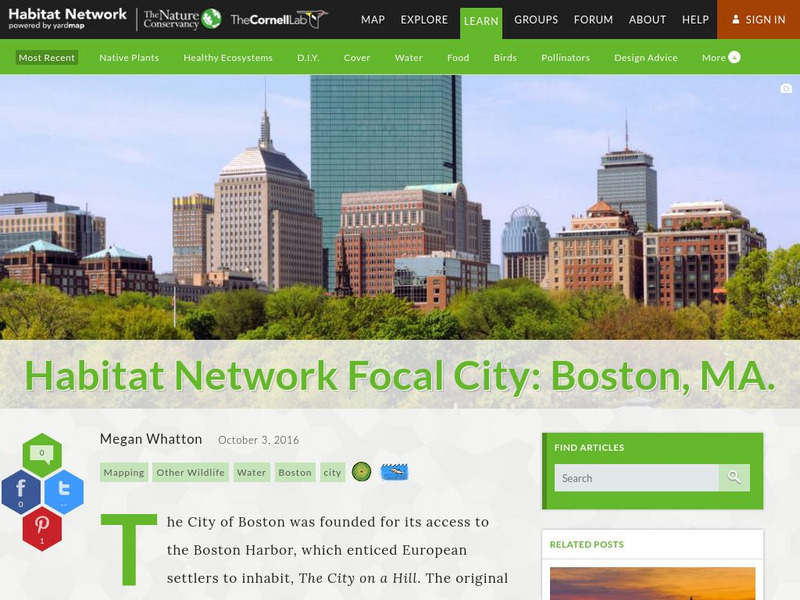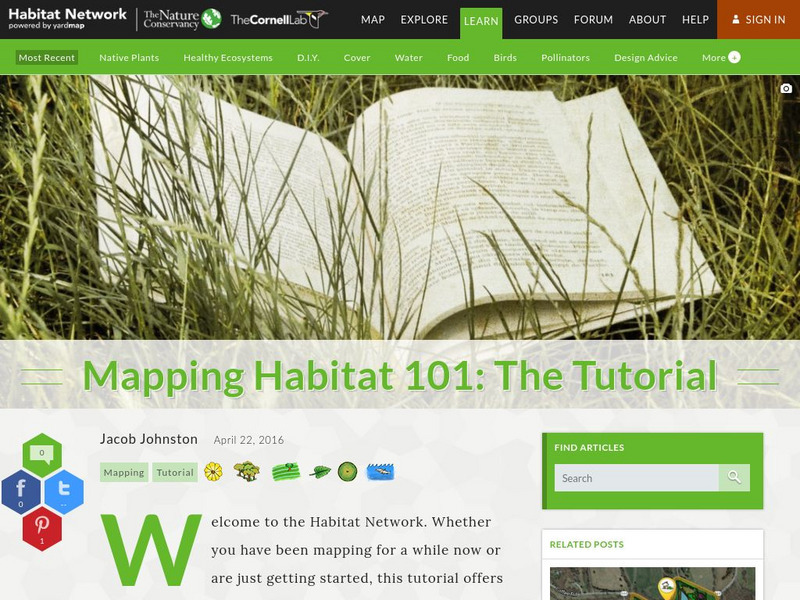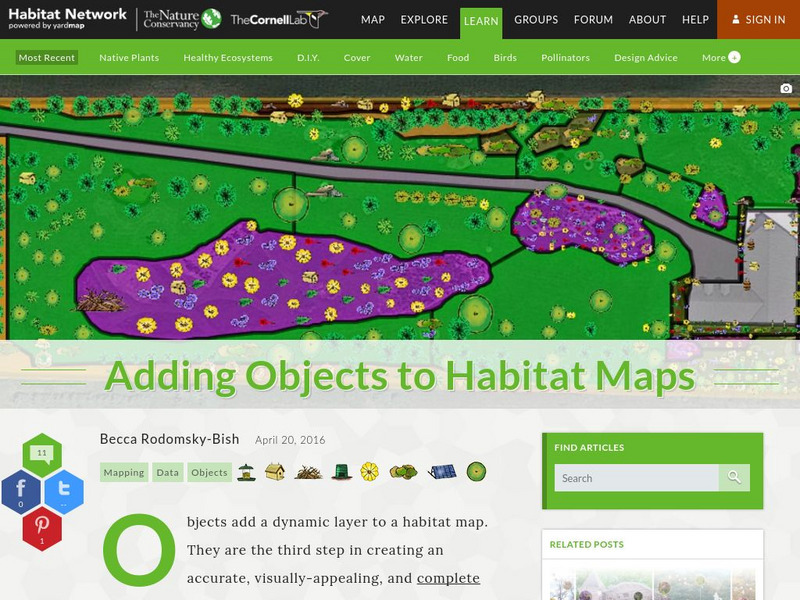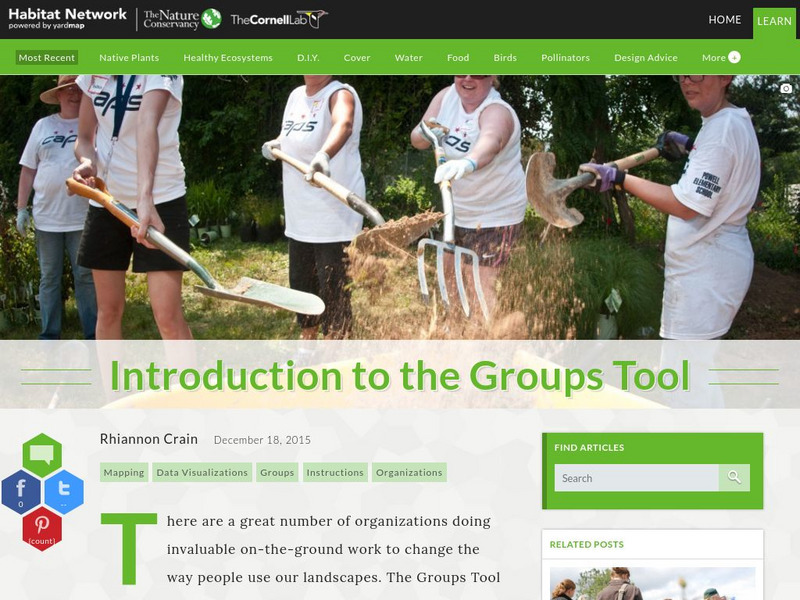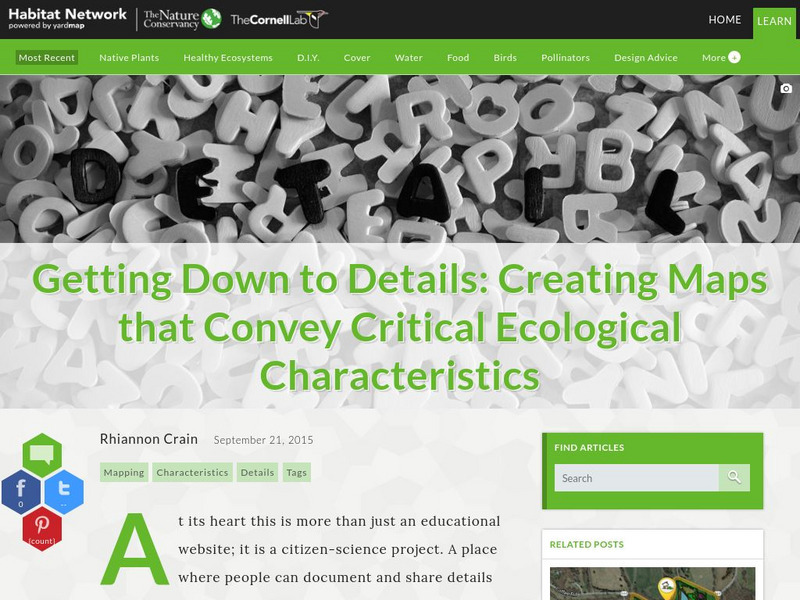Science Buddies
Science Buddies: Bug Vacuums: Sucking Up Biodiversity
In this science fair project you can take on the role of a wildlife biologist by examining the biodiversity of insects in your own backyard. To do this, you will follow the directions to create a homemade bug vacuum.
Science Education Resource Center at Carleton College
Serc: Determining Interrelationships: Vegetation Type and Small Mammal Activity
Students design proper field techniques to determine variation in plant distribution within a habitat, and then interpret data, write logical conclusions, while understanding the limitations of field data.
Other
Welcome to Biodiversity Hotspots
Conservation International offers this extensive look at some of earth's most vulnerable areas. Some of the most remarkably diverse places in the world also prove to be some of the most threatened. Learn more about the efforts in place...
Cornell Lab of Ornithology
Habitat Network: Your Local Resources
Enter your zip code, and find out about your ecoregion, a unique combination of living and nonliving factors that set your landscape apart and determine what will flourish there.
ArtsNow
Arts Now Learning: Magic Rocks [Pdf]
In this lesson, students work in groups with each acting as a predator, prey, or family member in a particular habitat. They present their habitat performance to the class and students identify the habitat and animal relationships. Then,...
E-learning for Kids
E Learning for Kids: Science: California: How Do Environments Affect Living Things?
Jesse loves animals. She lives in California and is checking out where different animals live. Join along and learn about conservation with her.
Science Education Resource Center at Carleton College
Serc: Investigating Animals: Interdependence of Life in a Habitat
In this activity, students will learn how changes in nature can be beneficial or harmful to animals. At the end, students will be able to conclude information according to the evidence collected.
American Geosciences Institute
American Geosciences Institute: Earth Science Week: Mystery Mollusc
Students become marine biologists, and their goal is to characterize the biological communities that live on or near the seamount in the Monterey Bay area. There, they must identify a mystery mollusk.
Cornell Lab of Ornithology
Habitat Network: Habitat Network Focal City: Washington d.c.
See how this Northeastern city's habitat has developed and changed throughout its history.
Cornell Lab of Ornithology
Habitat Network: Habitat Network Focal City: Boston, Ma.
See how this coastal city's habitat has developed and changed throughout its history.
Cornell Lab of Ornithology
Habitat Network: Mapping Habitat 101: The Tutorial
Watch this tutorial to understand how to participate in the Habitat Network citizen science habitat mapping project.
Cornell Lab of Ornithology
Habitat Network: Adding Objects to Habitat Maps
Find out how to add objects, or emojis, to a habitat map for this citizen science project.
Cornell Lab of Ornithology
Habitat Network: Announcing: Photo Upload
Learn about direct photo upload to the Habitat Network crowdsourcing citizen science website.
Cornell Lab of Ornithology
Habitat Network: Introduction to the Groups Tool
Habitat Network introduces the Groups Tool that helps connect citizen scientists across the country.
Cornell Lab of Ornithology
Habitat Network: How to Join and Add a Map to a Group
Find out how to join a group for the citizen science project, Yardmap by Habitat Network.
Cornell Lab of Ornithology
Habitat Network: Four Mapping Mistakes That Affect Data Quality
Learn the tips and tricks of successful habitat mapping for this citizen science project.
Cornell Lab of Ornithology
Habitat Network: Creating Maps That Convey Critical Ecological Characteristics
Get to the heart of this citizen science project that invites citizens from all over the country to map and identify their habitat ecology.
Cornell Lab of Ornithology
Habitat Network: How to Submit a Complete Map
Find out how to submit your local habitat map containing real data to an established citizen science project.
Cornell Lab of Ornithology
Habitat Network: Structure, Cover, & Shelter
Learn how to build an appropriate habitat for birds and other animals to maintain structural diversity.
Huntington Library
Huntington Library: Learning From Leaves: From Observation to Inference [Pdf]
A lesson plan in which students explore plants from three different ecosystems and make inferences about plant structures and their environments. Includes discussion questions, a vocabulary glossary, and handouts.
E-learning for Kids
E Learning for Kids: Science: Antilles: What Are the Environmental Factors of a Habitat?
Join Sam on his journey to the bottom of the sea. Explore beautiful animals living in the sea, and learn about the importance of a well-balanced habitat.
PBS
Pbs.org: Splash & Bubbles: Marine Biology & Social Emotional Learning for Your Classroom
Through play and exploration, Splash and Bubbles demonstrates and celebrates the amazing diversity of life in the ocean, building awareness and appreciation among its young viewers. All the while, viewers are exposed to concepts of...
Utah Education Network
Uen: Habitat Alterations of a Riparia
This field trip is designed to physically immerse students in the concept of habitat alteration focusing on biotic and abiotic habitat alterations.
ClassFlow
Class Flow: Georgia Habitats
[Free Registration/Login Required] This flipchart provides an overview of the habitats of Georgia - salt marsh, ocean, and deciduous forest.


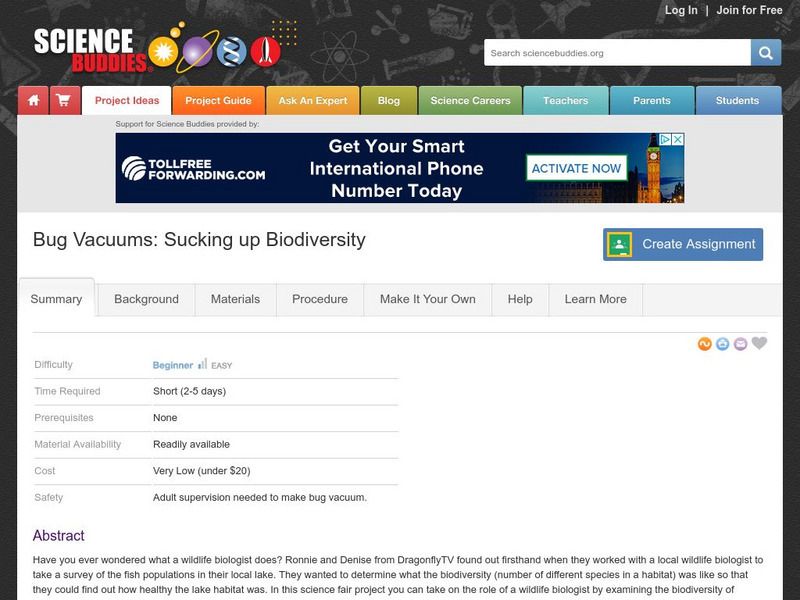
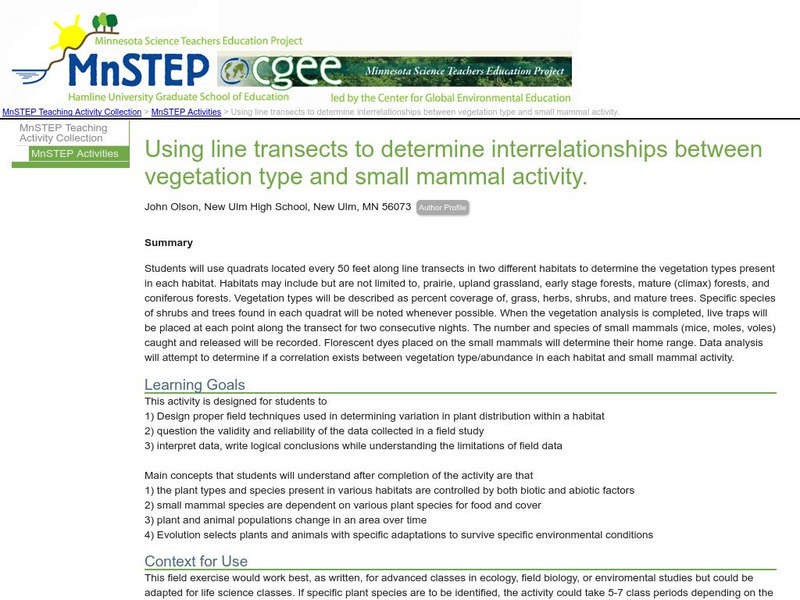


![Arts Now Learning: Magic Rocks [Pdf] Lesson Plan Arts Now Learning: Magic Rocks [Pdf] Lesson Plan](https://d15y2dacu3jp90.cloudfront.net/images/attachment_defaults/resource/large/FPO-knovation.png)

